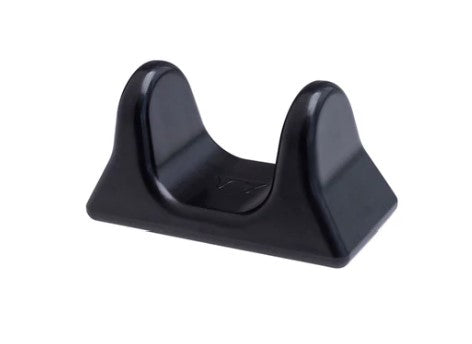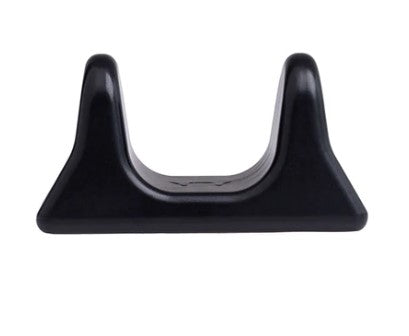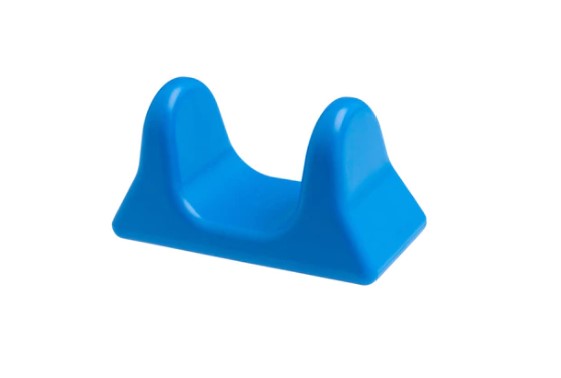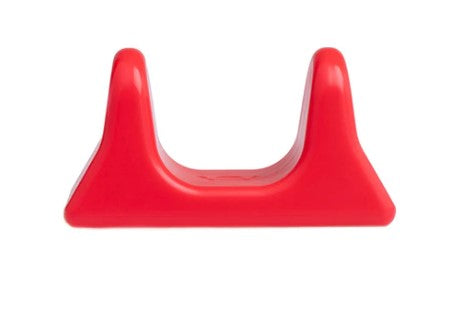
Over the last three years, I’ve had the unique experience during physical therapy school of simultaneously operating part-time as a freelance strength coach for Olympic weightlifting, strongman, and powerlifting. While I’ve had one foot in each discipline for three years, I’ve noticed a lot of parallels between these two fields, but I’ve also noticed there’s also a lot they could learn from each other. Now I could go on to write a big, long article covering every detail on this two-way topic, but something tells me most people wouldn’t read it. So, I’ve chosen to spare your computer screen space and only discuss what I feel are some of the more important topics that need to be covered with regards to what physical therapy school taught me about being a strength coach.
MORE FROM THE AUTHOR: Accommodation vs. Specificity: Battle of the Training Concepts
Complete the Puzzle
In physical therapy, one of the most important first steps we take when working with a new patient is the evaluation. We break the evaluation down into subjective history, systems review (cardiovascular system, etc.), objective findings, assessment, goal setting, and a plan of care. While much of this information may or may not apply to this person and what brought them to you, we still need all the puzzle pieces to try and understand the whole picture of the patient. I equate it to having a jigsaw puzzle with more pieces than you need, you can still put the picture together as opposed to an unsolved puzzle due to several missing pieces. This evaluation was the first thing about physical therapy school that I carried over to being a strength coach. How am I supposed to help an athlete if I don’t know everything about that athlete? Injury history? What’s their typical day look like? What do their warm-ups and cool-downs consist of? Nutrition? Sleep? Goals? Compensatory movement patterns? Movement constraints? Weaknesses? Motivation level? Overall health? Any question you can think of to give you more information about your client as it relates to their life, sport, and body, the better. This is definitely something I feel is lacking in the strength training community from a coach’s perspective. Too often, I’ve seen coaches take on new clients and only ask them about their maxes and training goals. Don’t get me wrong; that’s important to know, but it leaves too much off the table and really tells you nothing about the client. I get it, we get busy and want to narrow everything down to the simplest of questions, but the initial client interview is the foundation that everything else you do for that client is built on. The more information you have, the better a plan you can create for that client, the better their outcomes will be, the better a reputation you will earn. So take the time on the front end with your clients to ask a lot of questions and really listen to all of the puzzle pieces they give you.
This is definitely something I feel is lacking in the strength training community from a coach’s perspective. Too often, I’ve seen coaches take on new clients and only ask them about their maxes and training goals. Don’t get me wrong; that’s important to know, but it leaves too much off the table and really tells you nothing about the client. I get it, we get busy and want to narrow everything down to the simplest of questions, but the initial client interview is the foundation that everything else you do for that client is built on. The more information you have, the better a plan you can create for that client, the better their outcomes will be, the better a reputation you will earn. So take the time on the front end with your clients to ask a lot of questions and really listen to all of the puzzle pieces they give you. Training Should Not Be Spaghetti Thrown at A Wall
When I started my first outpatient clinical rotation, I felt like I needed to fill every session to the brim with exercises to fix whatever issues my patients had. I would seriously do six to eight different exercises in a treatment session. After a few weeks, when I started seeing success with various patient outcomes and feeling like I was hot stuff, my clinical instructor sat me down to review some of my patients' cases with me. He asked me to pick out what exercises I had selected for each case had the biggest impact on that patient's outcome? I honestly had no clue, so I told him all of them. He asked me how I knew. I told him because the patient had positive outcome measures. He told me that patient outcomes were an important part of practice but how we got there was just as important.RELATED: Understanding Groin Injuries: Tendon Injuries
The point he was making, one that I wouldn’t fully appreciate until my rotation was almost over, was that treatments were not a matter of throwing the kitchen sink at a patient hoping for a good outcome. It was about implementing exercises and changing one at a time and assessing their impact on patient performance, and learning what selected exercises worked and which ones didn’t so you could focus all of your attention on those things that actually worked. Looking back on it, I can’t help but think about how much extra pointless work I had patients do that wasn’t really making them better. How much faster could their positive outcomes have been if I would have learned what worked best so I could focus all of our attention on those things? The point for us strength coaches is this: Find your clients’ signposts, those exercise signs that tell you what direction to take their training. We all remember those teachers in high school that assigned busy work for the hell of it and nobody liked those teachers. Don’t be your most hated high school teacher to your client. Assign meaningful work that you know moves clients toward their goals or strengthens their weaknesses; not because you think it does but because your programming experience with them tells you it does.

A Balanced Athlete is a Healthy Athlete
One of the biggest lessons I learned in physical therapy school and clinical rotations is the value of being physically balanced. Think about it. How many pathologies do you see as a result of an imbalance to bodily systems? Poor posture plus lots of heavy pressing equal shoulder problems. Weak hamstrings and glute complex plus deadlifts equal lower back pain. I began to see a correlation between the overall musculoskeletal health of an athlete and the number of physical imbalances they had. This could range from specific muscle weakness to joint range of motion, to energy systems utilized in training. This sold me on the belief that the better balance we can bring to our athletes, the greater their longevity in their sport of choice and healthier they will be. Let’s be honest, how many of our clients are amateur lifters? How many are pros getting paid for what they do? For most of us, the answer is the former, so we have to keep that in mind. These are clients who compete recreationally, and whether they want to hear it or not, it’s just a hobby. These athletes have full-time jobs, families, and other life commitments that they need to be able to physically perform. From a parent playing with their kids to a firefighter saving lives during a 24-hour shift, they have other physical demands that must be accounted for in training that we must keep them healthy for. By keeping athletes balanced through intelligent programming, we can keep them happy in their sport with PRs as they get stronger and keep them happy in their everyday lives because those PRs aren’t costing them anything from their other life commitments.READ MORE: The Best Conjugate Training Plan
While I’ve had my hand in two baskets for the last three years, I’ve learned how to take the lessons learned about the career I’m preparing for and parlay those into my passion for coaching strength athletes. While these three topics are not an all-inclusive insight into everything I’ve carried over from physical therapy to coaching, they are the three biggest lessons I’ve noticed and implemented. Maybe some of these ideas will help you, maybe they won’t, or maybe they’re something you already do. But by any account, I hope you take something positive from it, for either for your athletes or yourself.
Photos courtesy of Tyrel Detweiler
Mark Clevenger's professional experience includes being a current lightweight strongman corporation and U.S. strongman competitor, as well as the current head sports performance coach for the dedicated strongman training group, Louisville Strongman. His former professional experience includes varsity football at Depauw University, being a CrossFit coach and high school football coach, and eight years of military service. Mark's education and certifications include a bachelor's degree in kinesiology acquired from Depauw University and a CSCS from the NSCA. He's currently a doctoral student of physical therapy at Nova Southeastern University. Check out his website at
louisvillestrongman.com.







































































